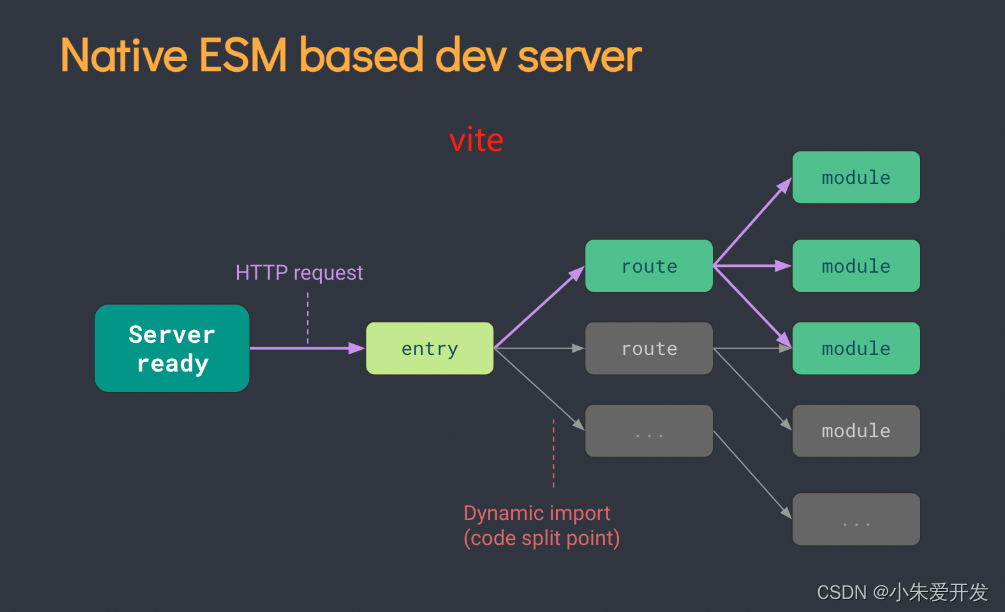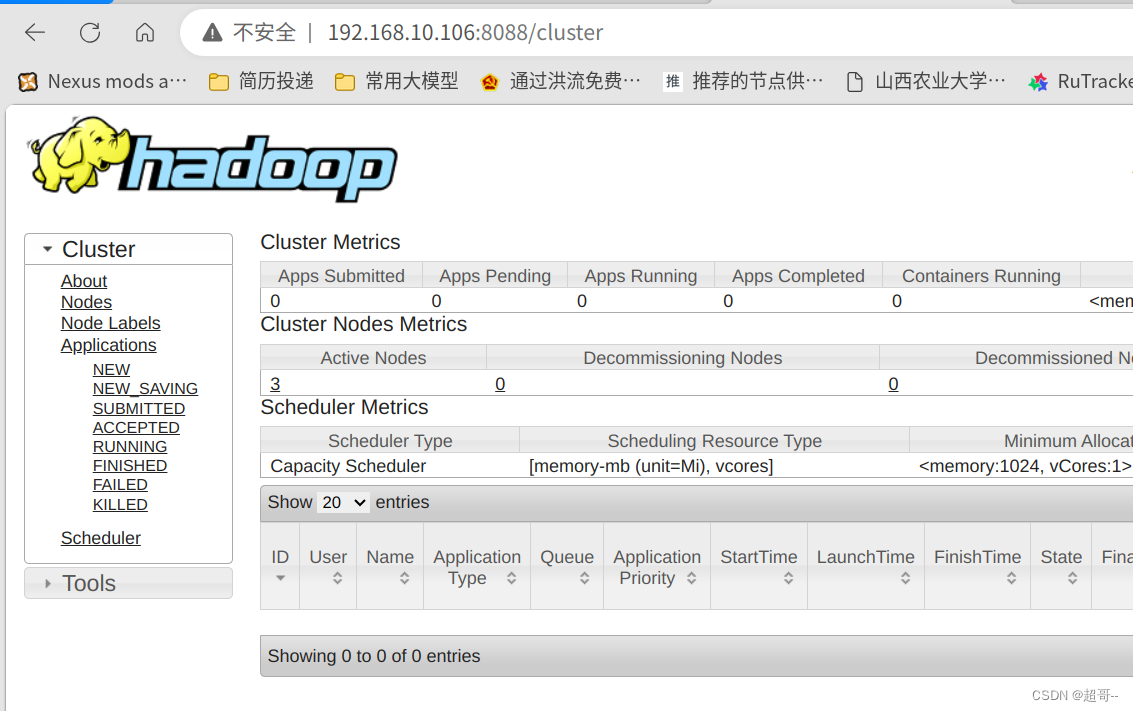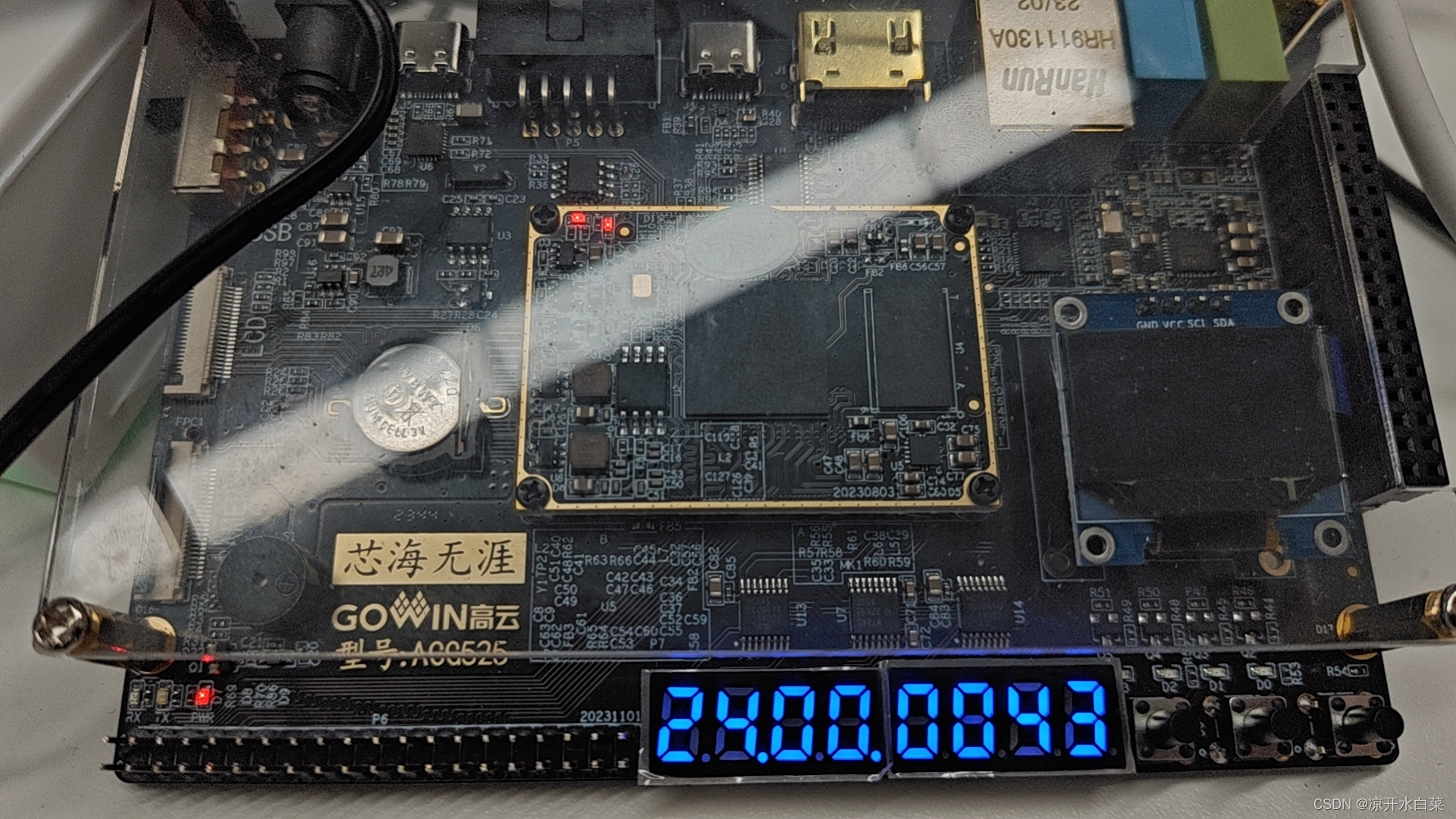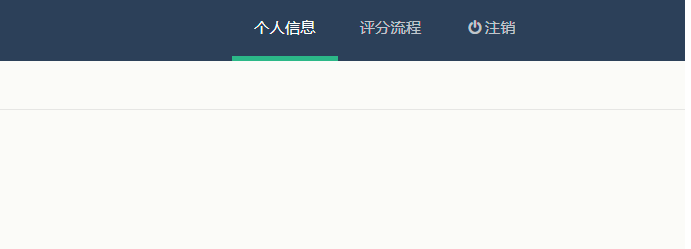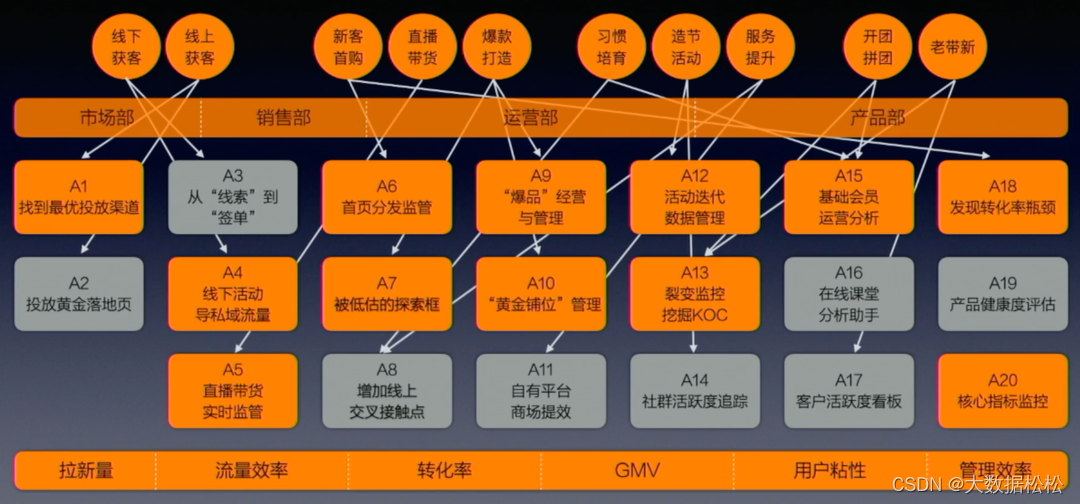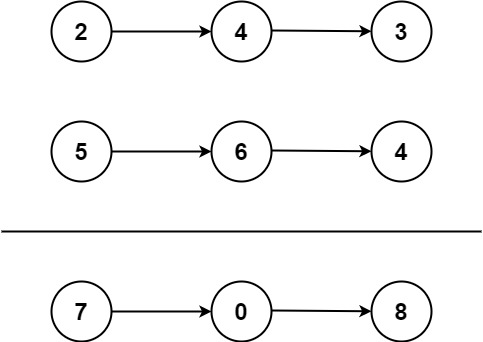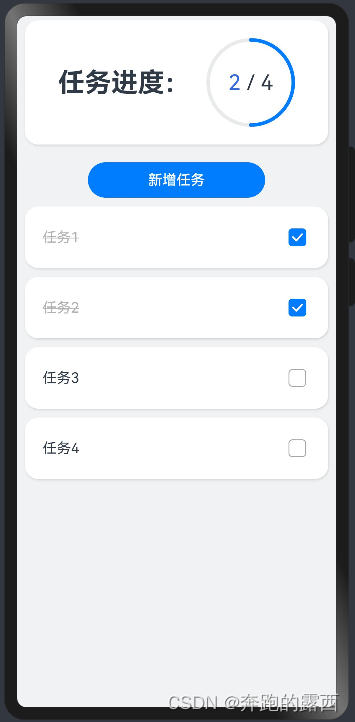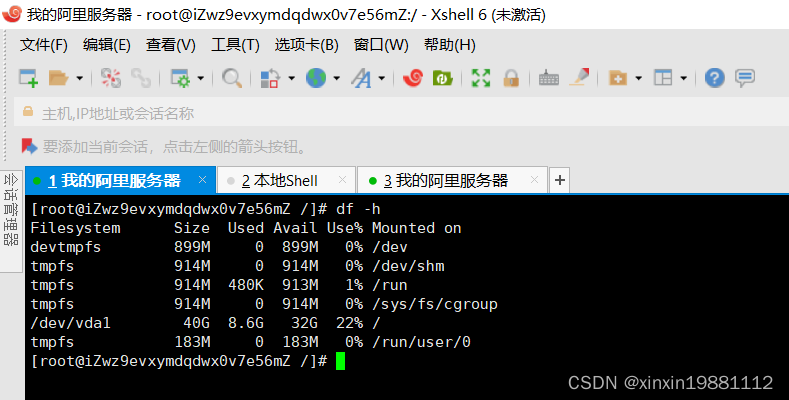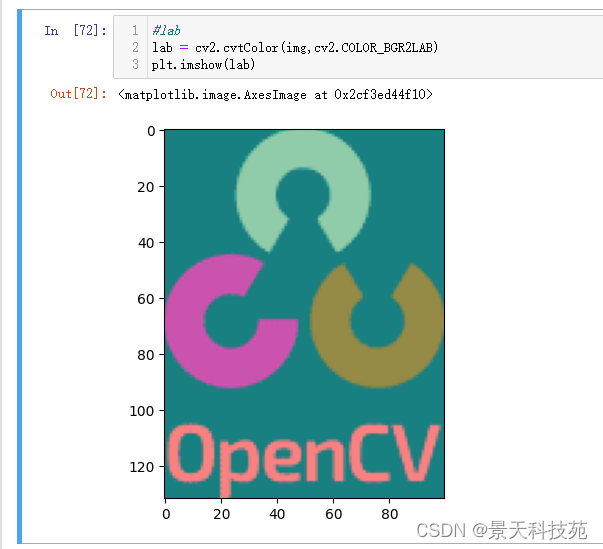目录
- 1 - 4 期
- 三种配置方式总结
- 1. XML方式配置总结
- 2. XML+注解方式配置总结
- 3. 完全注解方式配置总结
- 整合Spring5-Test5搭建测试环境
1 - 4 期
介绍 IoC DI
Xml实现 IoC DI
注解 + Xml 实现 IoC DI
完全注解实现
三种配置方式总结
1. XML方式配置总结
- 所有内容写到xml格式配置文件中
- 声明
bean通过<bean标签 - <bean标签包含基本信息(id,class)和属性信息
<property name value / ref - 引入外部的properties文件可以通过
<context:property-placeholder - IoC具体容器实现选择
ClassPathXmlApplicationContext对象
2. XML+注解方式配置总结
- 注解负责标记IoC的类和进行属性装配
- xml文件依然需要,需要通过
<context:component-scan标签指定注解范围(扫描 包 范围 - 标记IoC注解:@Component,@Service,@Controller,@Repository
- 标记DI注解:@Autowired @Qualifier @Resource @Value
- IoC具体容器实现选择
ClassPathXmlApplicationContext对象
3. 完全注解方式配置总结
- 完全注解方式指的是去掉xml文件,使用配置类 + 注解实现
- xml文件替换成使用
@Configuration注解标记的类 - 标记IoC注解:@Component,@Service,@Controller,@Repository
- 标记DI注解:@Autowired @Qualifier @Resource @Value
<context:component-scan标签指定注解范围使用@ComponentScan(basePackages = {"com.doug.components"})替代<context:property-placeholder引入外部配置文件使用@PropertySource({"classpath:application.properties","classpath:jdbc.properties"})替代<bean标签使用@Bean注解和方法实现- IoC具体容器实现选择
AnnotationConfigApplicationContext对象
整合Spring5-Test5搭建测试环境
整合测试环境作用:
好处1:不需要自己创建IOC容器对象了
好处2:任何需要的bean都可以在测试类中直接享受自动装配
- 导入依赖,
- scope范围是只在test中使用这个测试注解
<!--junit5测试-->
<dependency>
<groupId>org.junit.jupiter</groupId>
<artifactId>junit-jupiter-api</artifactId>
<version>5.3.1</version>
</dependency>
<dependency>
<groupId>org.springframework</groupId>
<artifactId>spring-test</artifactId>
<version>6.0.6</version>
<scope>test</scope>
</dependency>
- 测试
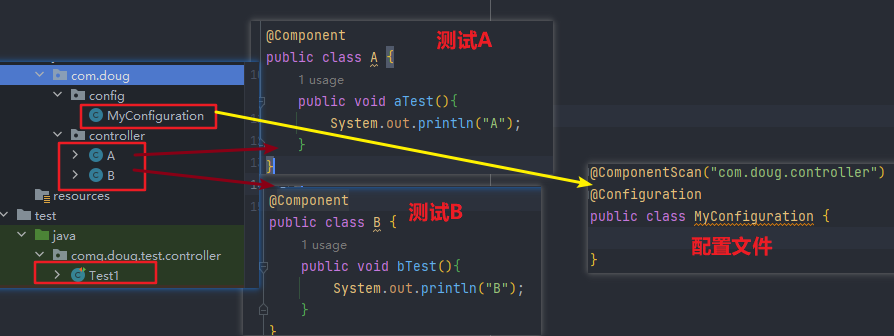
省略写实例化IoC容器这一步
//@SpringJUnitConfig(locations = {"classpath:spring-context.xml"}) //指定配置文件xml
@SpringJUnitConfig(value = MyConfiguration.class) //指定配置类
public class Test1 {
@Autowired
private A a;
@Autowired
private B b;
@Test
public void testIoc_01(){
a.aTest();
b.bTest();
}
}

